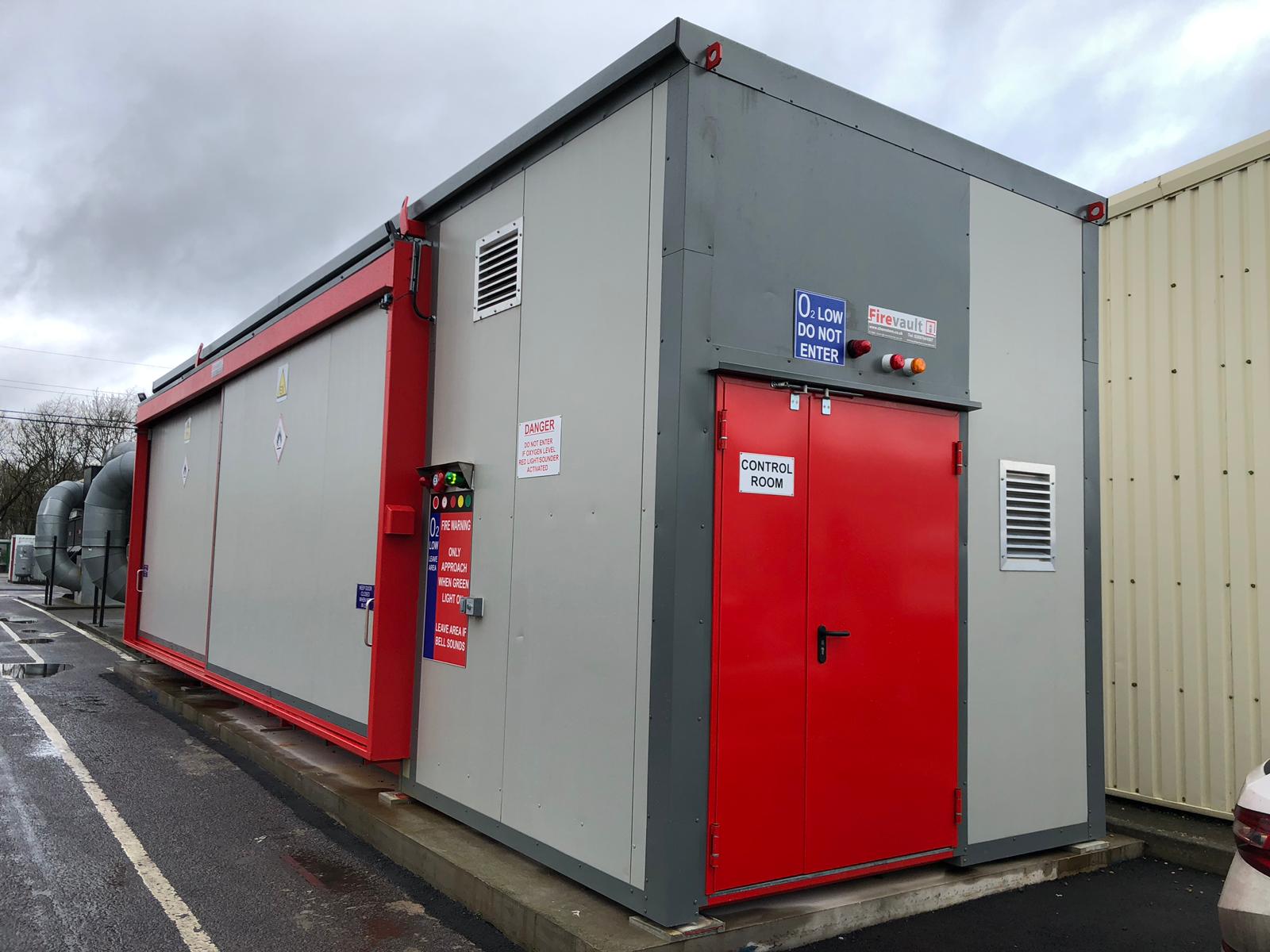

Articles
How To Store Lithium Ion Battery
Modified: April 23, 2024
Learn the best ways to store and maintain your lithium-ion battery in this informative articles. Safely store your battery for long-lasting performance.
(Many of the links in this article redirect to a specific reviewed product. Your purchase of these products through affiliate links helps to generate commission for Storables.com, at no extra cost. Learn more)
Introduction
In our modern world, lithium-ion batteries have become an integral part of our daily lives. From smartphones to electric vehicles, these batteries power the devices and technologies that keep us connected and mobile. However, when it comes to storing lithium-ion batteries, proper care and attention are essential to ensure their longevity and performance.
Storing lithium-ion batteries correctly can prevent damage, degradation, and potential safety hazards. These batteries are sensitive to environmental factors such as temperature and humidity, and improper storage can lead to reduced capacity, shorter battery life, and even the risk of fire or explosion.
In this article, we will explore the importance of proper storage for lithium-ion batteries, the ideal storage conditions, charging recommendations before storage, packaging and containment methods, proper location and placement, regular inspection and maintenance, recommended storage periods, and state of charge management.
By following these guidelines, you can ensure that your lithium-ion batteries remain in optimal condition during storage, extending their lifespan and maintaining their performance. Let’s dive in and discover how to store lithium-ion batteries effectively.
Key Takeaways:
- Proper storage of lithium-ion batteries is crucial for preventing damage, degradation, and safety hazards. Maintaining ideal storage conditions, charging before storage, and regular inspection and maintenance are essential for maximizing battery lifespan and performance.
- Managing the state of charge (SOC) during storage is vital for preserving lithium-ion battery health. Adhering to recommended SOC levels for short-term and long-term storage, and adjusting charge levels based on storage duration, helps optimize battery performance and longevity.
Read more: How To Store Lithium-Ion Batteries Long Term
Importance of Proper Storage
When it comes to storing lithium-ion batteries, it is crucial to understand the importance of proper storage. By taking the necessary precautions, you can prevent damage and degradation, ensuring the longevity and performance of your batteries.
Lithium-ion batteries are composed of delicate components that can degrade over time, especially if exposed to unfavorable conditions. Proper storage helps to maintain the battery’s capacity, efficiency, and overall health. Here are a few reasons why proper storage is vital:
Preventing damage and degradation:
Exposing lithium-ion batteries to extreme temperatures, high humidity, or physical stress can cause damage to their internal structure. Inappropriate storage conditions can lead to the growth of unwanted chemical reactions within the battery, resulting in permanent damage or reduced performance. By storing batteries properly, you can minimize the risk of damage and preserve their functionality.
Ensuring longevity and performance:
Lithium-ion batteries have a limited lifespan, typically measured in charge cycles. Each time you charge and discharge a battery, it undergoes wear and tear, which gradually reduces its capacity. By storing batteries correctly, you can slow down this degradation process and extend the overall lifespan of the battery. This ensures that the battery continues to deliver optimal performance when you need it.
Proper storage not only protects your investment but also ensures that your batteries are in good condition when you need to use them again. Whether you store lithium-ion batteries for short periods or long-term, taking the necessary precautions will help preserve their capacity, efficiency, and safety.
Ideal Storage Conditions
When it comes to storing lithium-ion batteries, creating the ideal storage conditions is crucial to ensure their longevity and performance. Here are some key considerations for maintaining optimal storage conditions:
Read more: How To Store A Lithium Battery
Temperature and humidity considerations:
Lithium-ion batteries are sensitive to temperature and humidity. Extreme temperatures can degrade the battery’s performance and reduce its overall lifespan. It is essential to store batteries in a location with a moderate temperature range, typically between 20 to 25 degrees Celsius (68 to 77 degrees Fahrenheit). High humidity can also lead to corrosion and potential leakage. Aim for a humidity level of around 45 to 50% to minimize these risks.
Avoiding extreme heat or cold:
Exposing lithium-ion batteries to extreme heat or cold can have damaging effects. High temperatures can accelerate the battery’s degradation process, causing it to lose capacity at a faster rate. On the other hand, extremely low temperatures can slow down the chemical reactions inside the battery, leading to decreased performance. Avoid storing batteries in areas prone to direct sunlight, near heaters or radiators, or in freezing environments.
Recommended storage environment:
The ideal storage environment for lithium-ion batteries is a cool, dry, and well-ventilated area. It is best to store batteries in a room with a controlled temperature and humidity level. If possible, consider using a dedicated battery storage cabinet or box to provide additional insulation and protection. Avoid storing batteries in areas with high moisture or where there is a risk of exposure to water or other liquids.
By ensuring the ideal storage conditions for your lithium-ion batteries, you can minimize the risk of degradation, preserve their capacity, and maintain their performance over time. Investing in a suitable storage environment will help to extend the overall lifespan of your batteries and ensure they are ready for use when needed.
Charging Recommendations before Storage
Before storing your lithium-ion batteries, it is essential to follow certain charging recommendations to ensure their longevity and optimal performance. Properly preparing the batteries for storage can help prevent issues such as overcharging, fully discharging, and cell imbalance. Here are some key recommendations to consider:
Optimal battery charge level:
Prior to storage, it is recommended to charge lithium-ion batteries to around 50% to 70% of their maximum capacity. Storing batteries at this charge level helps to prevent over-discharging during extended periods of storage. Over-discharging can lead to irreversible damage and reduced capacity. Avoid storing batteries that are fully charged or fully discharged, as both scenarios can negatively impact battery health.
Avoiding overcharging or fully discharging:
Overcharging lithium-ion batteries can cause excessive heat generation and accelerate their degradation process. On the other hand, fully discharging the battery can result in a deep discharge state, leading to performance issues and potential irreversibility. It is crucial to disconnect the charger once the battery reaches the desired charge level and avoid leaving it connected for prolonged periods.
Balancing battery cells:
Lithium-ion batteries consist of individual cells, and over time, these cells may become imbalanced in terms of voltage levels. Before storage, it is recommended to balance the battery cells. This can be done by fully charging the battery and then discharging it slightly to bring all the cells to a similar voltage level. Balancing the cells helps to improve the overall performance and longevity of the battery.
Following these charging recommendations before storing your lithium-ion batteries helps to maintain their health and performance during storage. Properly charging the batteries at the optimal charge level, avoiding overcharging or fully discharging, and balancing the battery cells ensure that they remain in good condition and are ready for use when you need them again.
Proper Packaging and Containment
When it comes to storing lithium-ion batteries, proper packaging and containment are essential to ensure their safety and longevity. By selecting appropriate storage containers, ensuring insulation and protection from physical damage, and avoiding contact with conductive materials, you can minimize the risk of accidents and maintain the batteries’ performance. Here are some key points to consider:
Read more: How To Store Lithium Batteries Safely
Selecting appropriate storage containers:
Choose storage containers that are specifically designed for lithium-ion batteries. These containers should be made of non-conductive materials such as plastic or metal with insulation. Avoid using containers that can conduct electricity, such as metal containers without proper insulation. Ensure that the containers are of the right size to accommodate the batteries without any excessive movement or rubbing against each other.
Ensuring insulation and protection from physical damage:
Insulation is crucial for preventing accidental short circuits and protecting the batteries from physical damage. Use individual battery sleeves or separate compartments within the storage container to keep the batteries insulated from each other. This helps to avoid any potential contact between the positive and negative terminals, which can lead to short circuits. Additionally, consider using cushioning materials, such as foam or bubble wrap, to protect the batteries from impact and vibration during storage.
Avoiding contact with conductive materials:
Lithium-ion batteries should be stored in an environment where they are not in contact with conductive materials. This includes avoiding storage near metal objects, coins, keys, or any other items that can potentially create a conductive pathway and cause a short circuit. Ensure that the storage containers are free from any debris or conductive materials that may accidentally come into contact with the batteries.
Proper packaging and containment of lithium-ion batteries are essential for their safety and longevity. By selecting appropriate storage containers, ensuring insulation and protection from physical damage, and avoiding contact with conductive materials, you can minimize the risk of accidents and maintain the batteries’ performance throughout their storage period.
Location and Placement
When it comes to storing lithium-ion batteries, the location and placement of the storage area are crucial factors to consider. Choosing a suitable storage area, minimizing exposure to direct sunlight, and considering ventilation requirements are all important for ensuring the safety and longevity of the batteries. Here are some key points to keep in mind:
Choosing a suitable storage area:
Select a storage area that is dry, well-ventilated, and away from potential hazards. Avoid storing batteries in areas prone to moisture, such as bathrooms or damp basements. It is also important to choose a location that is not easily accessible to children or pets to prevent any unwanted tampering or accidents.
Minimizing exposure to direct sunlight:
Direct sunlight can generate heat and increase the temperature within the storage area. This can accelerate the degradation process of lithium-ion batteries and reduce their overall lifespan. Choose a location that is shielded from direct sunlight, such as a closet, a drawer, or a dedicated storage cabinet. This helps to maintain a moderate and consistent temperature throughout the storage period.
Considering ventilation requirements:
Adequate ventilation is essential for dissipating heat and maintaining a stable temperature within the storage area. Ensure that the storage space has proper air circulation to prevent the buildup of heat and humidity. This can be achieved by placing the batteries in a well-ventilated room or using a storage cabinet with ventilation ports. Adequate ventilation helps to minimize the risk of overheating and extends the lifespan of the batteries.
By choosing a suitable storage area, minimizing exposure to direct sunlight, and considering ventilation requirements, you can create an environment that promotes the safety and longevity of your lithium-ion batteries. Remember to store the batteries in a dry, cool, and well-ventilated space to optimize their performance and ensure they are in good condition when you need to use them again.
Regular Inspection and Maintenance
To ensure the longevity and performance of your lithium-ion batteries during storage, regular inspection and maintenance are essential. Periodic checks on battery condition and voltage, cleaning and removing any contaminants, and taking necessary precautions for long-term storage are vital for keeping the batteries in optimal condition. Here are some key points to consider:
Periodic checks on battery condition and voltage:
Regularly inspect the batteries for any signs of damage or swelling. Pay attention to the battery’s physical appearance, such as bulges, leaks, or corrosion on the terminals. Additionally, measure the battery’s voltage using a multimeter to ensure it remains within an acceptable range. If you notice any abnormalities, such as a significant drop in voltage or physical damage, it is advisable to replace the battery rather than continuing to store it.
Cleaning and removing any contaminants:
Over time, dust, dirt, or other contaminants can accumulate on the surface of the batteries. This can affect their performance and overall health. Regularly clean the batteries using a soft, dry cloth to remove any debris or contaminants. Ensure that the battery terminals are clean and free from any corrosion or build-up. If necessary, use a small brush or cotton swab dipped in rubbing alcohol to gently clean the terminals.
Taking necessary precautions for long-term storage:
If you plan on storing lithium-ion batteries for an extended period, it is important to take certain precautions. Firstly, recharge the batteries to the recommended charge level periodically to avoid over-discharging during long-term storage. Secondly, consider storing the batteries in a cool environment, such as a refrigerator, if the storage period is several months or longer. However, ensure the batteries are properly insulated and stored in airtight containers to prevent moisture ingress.
Regularly inspecting and maintaining your lithium-ion batteries during storage helps to ensure their longevity and performance. By conducting periodic checks on the battery condition and voltage, cleaning and removing contaminants, and taking necessary precautions for long-term storage, you can keep your batteries in optimal condition and ensure they are ready for use when needed.
Recommended Storage Periods
When storing lithium-ion batteries, it’s important to understand the recommended storage periods and guidelines to maintain their health and performance. Whether you’re planning for short-term or long-term storage, following these guidelines will help ensure the batteries remain in optimal condition. Additionally, battery maintenance during extended storage and monitoring battery health and capacity are crucial to prolong their lifespan. Let’s dive into the details:
Read more: How To Store A Battery
Short-term and long-term storage guidelines:
For short-term storage, such as a few weeks or a couple of months, storing lithium-ion batteries at a charge level between 50% to 70% is recommended. This charge level helps prevent over-discharging while still maintaining some energy in the battery. It’s important to perform periodic checks on the battery during short-term storage to ensure they remain in good condition.
For long-term storage, such as several months or more, it’s recommended to recharge the batteries to around 40% to 50% every 3 to 6 months. This helps prevent over-discharging and keeps the battery active during the storage period. However, it’s important to note that even with proper storage and maintenance, lithium-ion batteries will gradually self-discharge over time.
Battery maintenance during extended storage:
During extended storage, it’s essential to periodically check the battery’s charge level and recharge it to the recommended level. This helps prevent over-discharging and keeps the battery in a healthy state. It’s also important to store the batteries in a cool, dry environment with a moderate temperature and low humidity. Avoid exposing them to extreme temperatures or direct sunlight, as this can degrade the battery’s performance.
Monitoring battery health and capacity:
Regularly monitoring the battery’s health and capacity is crucial during storage. Perform voltage checks periodically with a multimeter to ensure the battery voltage remains within an acceptable range. If there is a significant decrease in voltage or any signs of damage, it’s advisable to replace the battery rather than continuing to store it.
Monitoring the battery’s capacity is also important. If you notice a significant decrease in the battery’s capacity over time, it may indicate that the battery is nearing the end of its lifespan or there are underlying issues. In such cases, it’s recommended to replace the battery to maintain optimal performance.
By following the recommended storage periods for short-term and long-term storage, performing regular maintenance during extended storage, and monitoring battery health and capacity, you can ensure that your lithium-ion batteries remain in good condition and are ready for use when you need them.
State of Charge Management
Managing the state of charge (SOC) of lithium-ion batteries during storage is crucial to maintain their health and performance. Adjusting charge levels for different storage durations, following recommended SOC for short-term and long-term storage, and understanding the impact of SOC on battery performance are key factors to consider. Let’s explore these in more detail:
Read more: How To Store Batteries
Adjusting charge levels for different storage durations:
The optimal charge level for lithium-ion batteries during storage varies depending on the duration of storage. For short-term storage, such as a few weeks or a couple of months, maintaining a charge level between 50% to 70% is recommended. This minimizes the risk of over-discharging or overcharging the battery during the storage period. For longer-term storage, it’s advised to adjust the charge level periodically to prevent over-discharging and keep the battery in an optimal state.
Recommended SOC for short-term and long-term storage:
The recommended SOC for short-term storage is typically between 50% to 70%. This charge level provides enough energy to keep the battery active while minimizing the risk of over-discharging. For long-term storage, it’s generally recommended to store the battery at a slightly lower charge level, around 40% to 50%. This helps to further prevent over-discharging during extended storage periods.
Impact of SOC on battery performance:
The SOC of a lithium-ion battery can have a significant impact on its performance and longevity. Overcharging or fully charging the battery can lead to increased heat generation and accelerate the battery’s degradation process. On the other hand, over-discharging the battery can cause irreversible damage and decrease its capacity. By maintaining the battery within the recommended SOC range, you can help prolong its lifespan and optimize its performance.
It’s important to note that lithium-ion batteries naturally self-discharge over time, even when not in use. Therefore, it’s essential to periodically check the SOC of the battery during storage and adjust it as needed to keep within the recommended range. By effectively managing the state of charge, you can ensure that your lithium-ion batteries remain in good condition and maintain their performance when you need to use them.
Conclusion
Storing lithium-ion batteries properly is crucial to ensure their longevity, performance, and safety. By following the recommended guidelines for storage conditions, charging before storage, packaging and containment, location and placement, regular inspection and maintenance, and state of charge management, you can maximize the lifespan and optimize the performance of your batteries.
Proper storage conditions, such as maintaining appropriate temperature and humidity levels, help prevent damage and degradation of the batteries. Avoiding extreme heat or cold, selecting suitable storage containers, and avoiding contact with conductive materials are essential in ensuring the safety and protection of the batteries.
Before storing the batteries, ensuring they are charged to the optimal level helps prevent over-discharging and swelling. Balancing battery cells and periodically checking the battery’s voltage and condition are necessary for maintaining their performance. Regular inspections allow you to identify any issues or damage and take appropriate action in a timely manner.
Additionally, it is important to consider the recommended storage periods for short-term and long-term storage, and to perform maintenance practices such as cleaning and removing contaminants. Monitoring the battery’s health and capacity are crucial to ensuring their ongoing performance and identifying any potential issues.
Overall, proper storage and maintenance of lithium-ion batteries play a vital role in extending their lifespan, optimizing their performance, and ensuring their safety. By implementing the guidelines discussed in this article, you can confidently store your lithium-ion batteries and have them ready for use whenever you need them.
Remember, taking care of your batteries not only benefits you but also the environment, as proper storage and maintenance contribute to reducing electronic waste and promoting sustainability.
Frequently Asked Questions about How To Store Lithium Ion Battery
Was this page helpful?
At Storables.com, we guarantee accurate and reliable information. Our content, validated by Expert Board Contributors, is crafted following stringent Editorial Policies. We're committed to providing you with well-researched, expert-backed insights for all your informational needs.
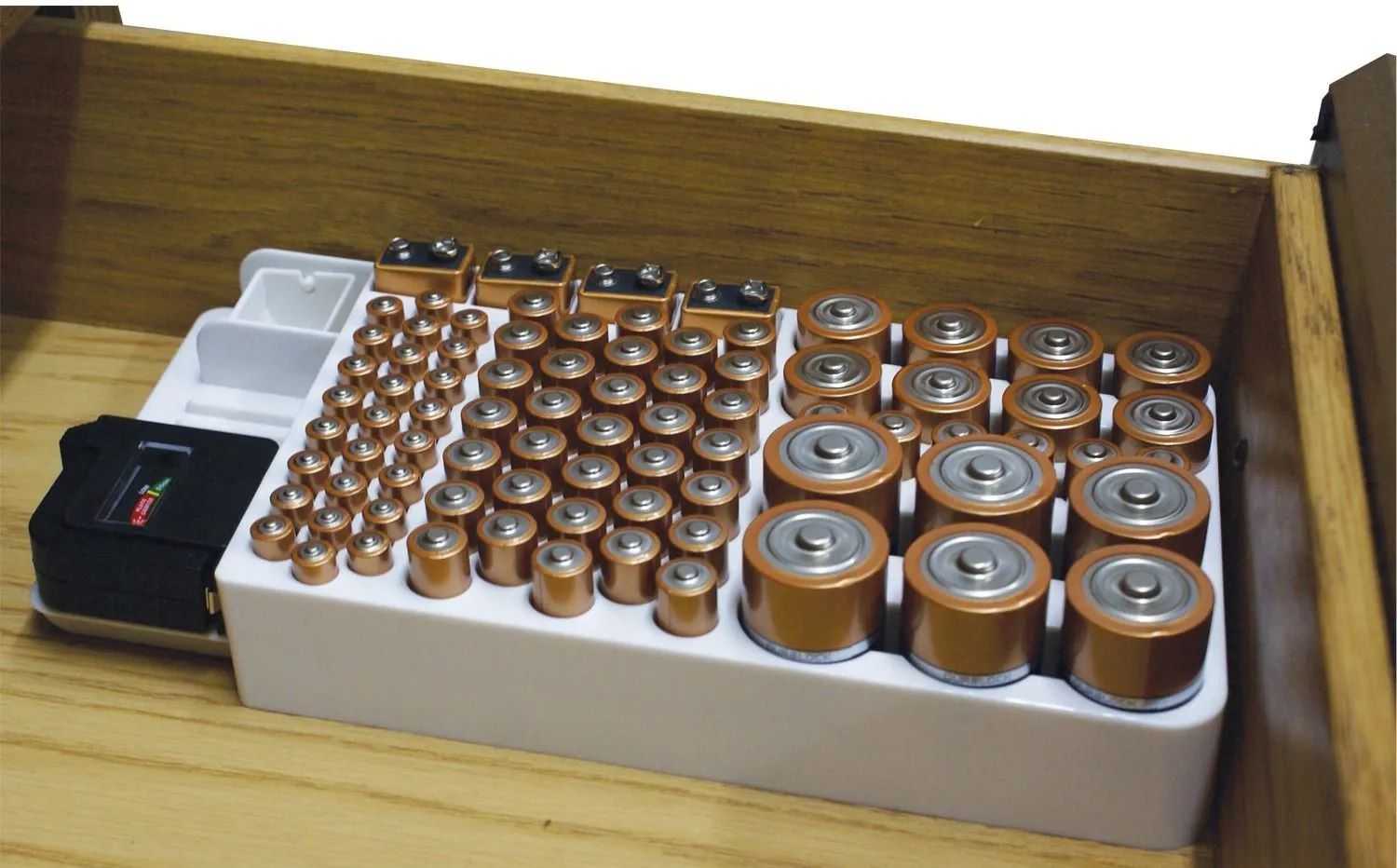
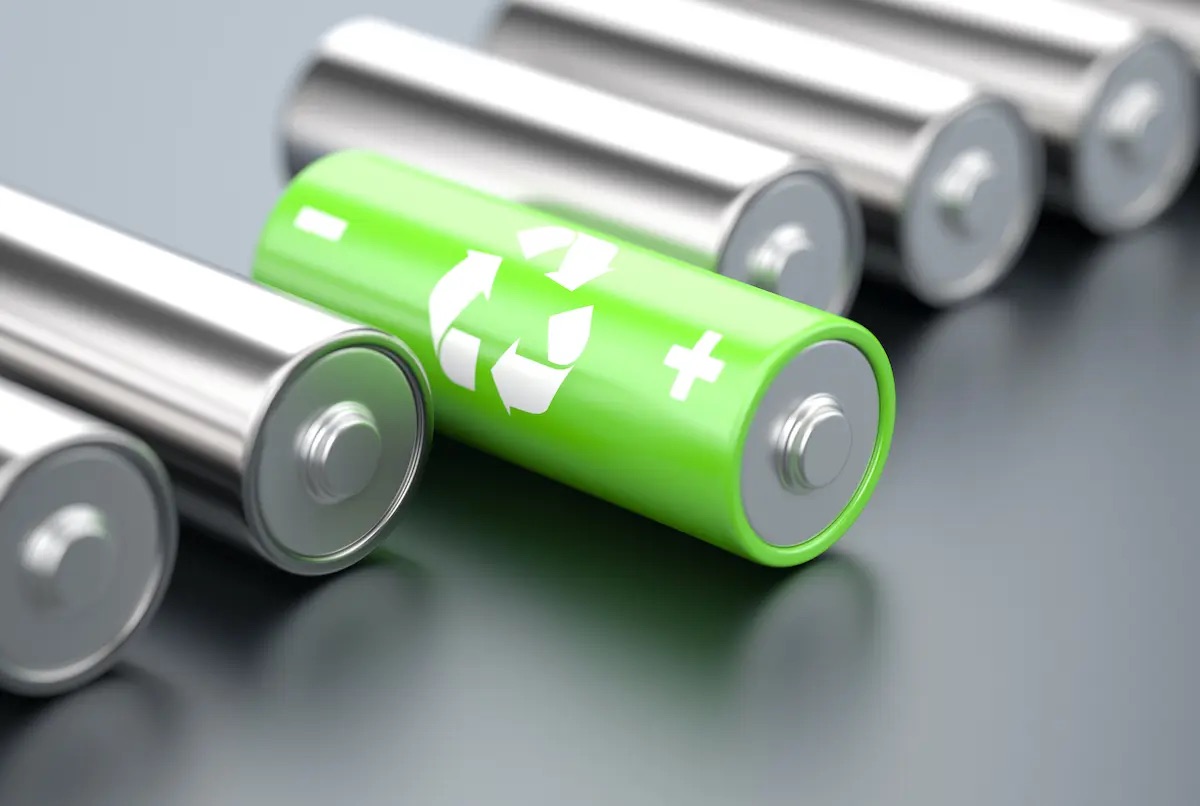
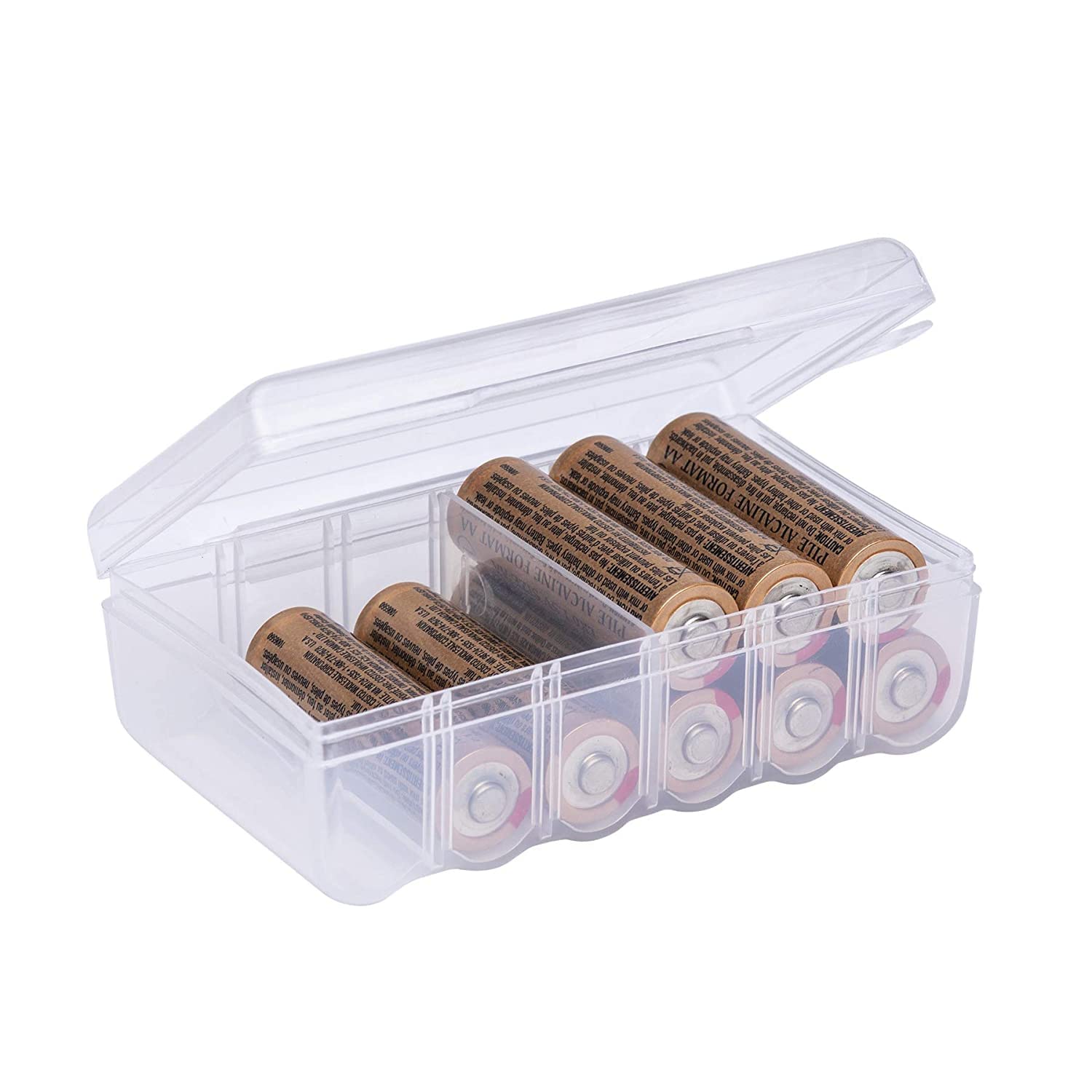
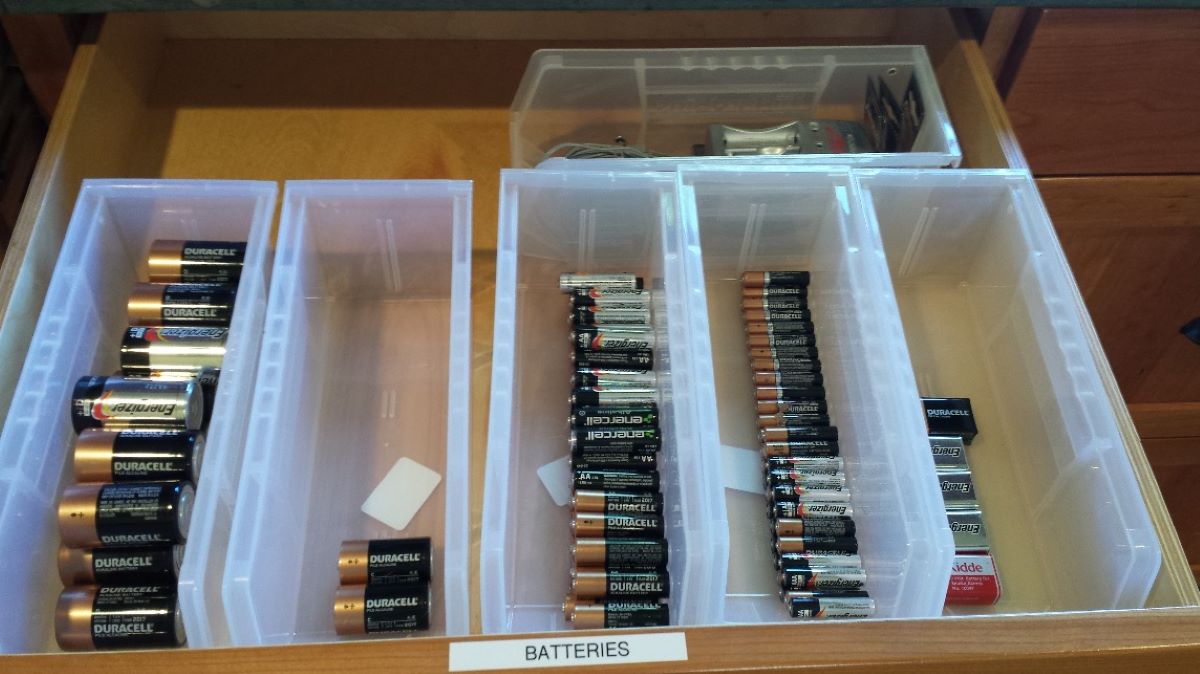
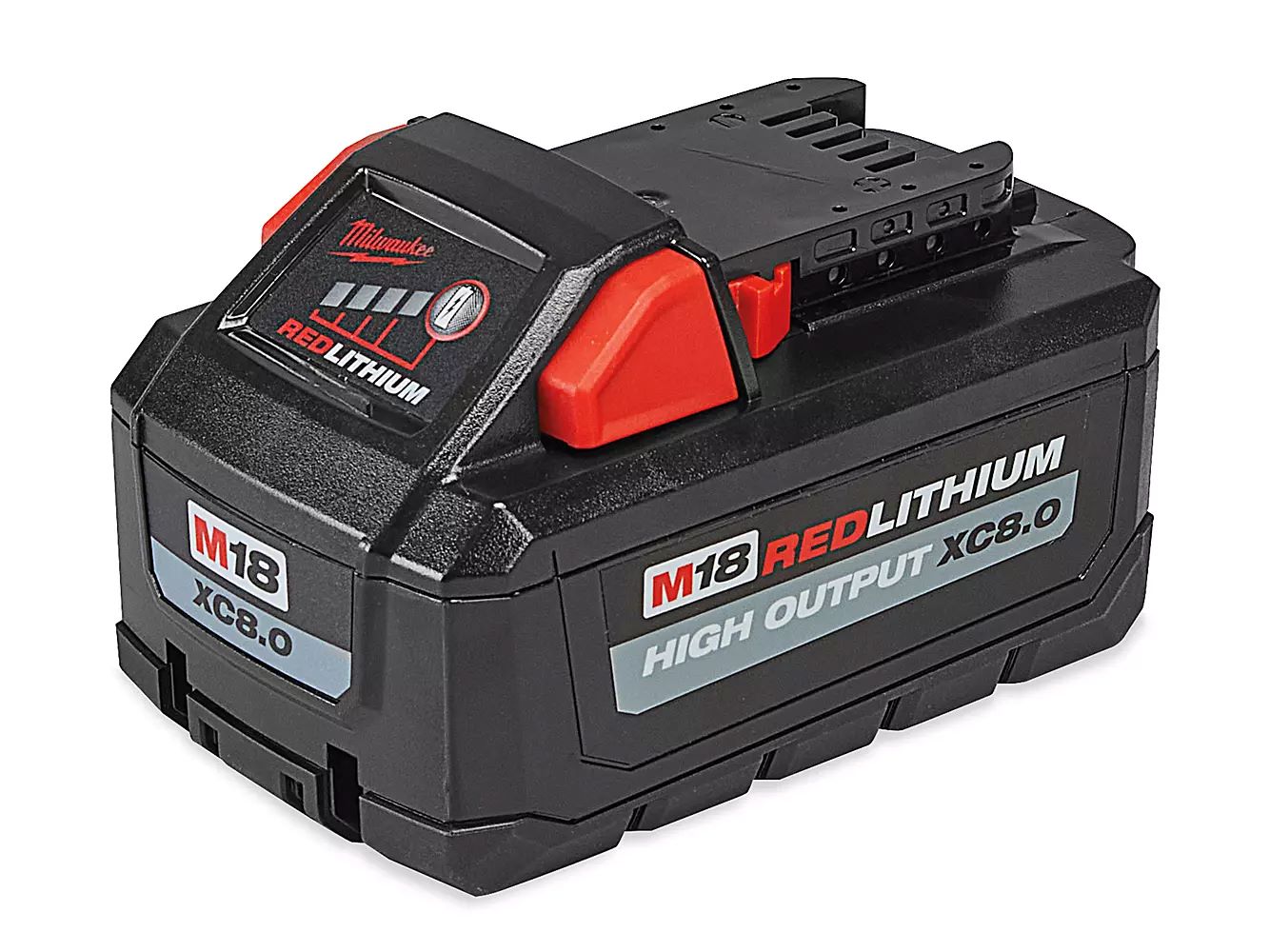
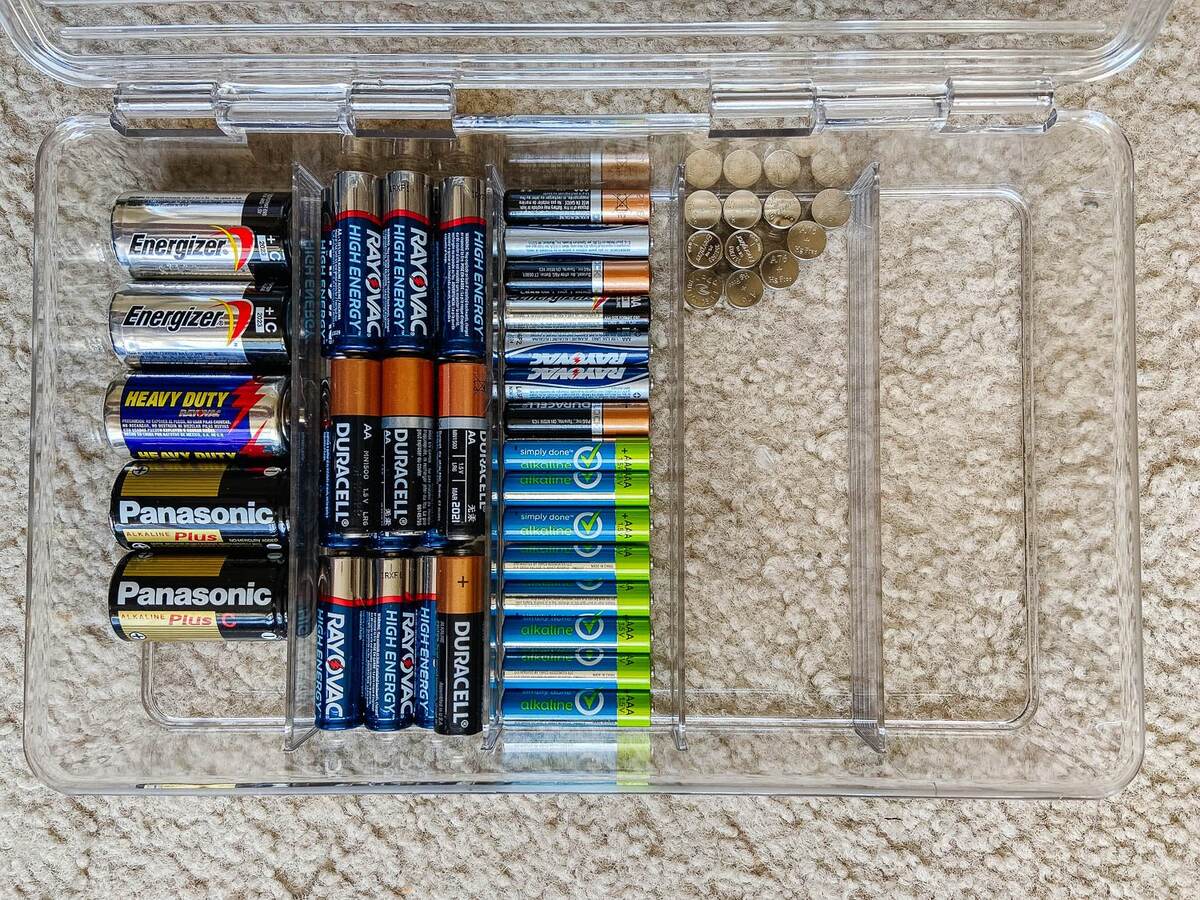

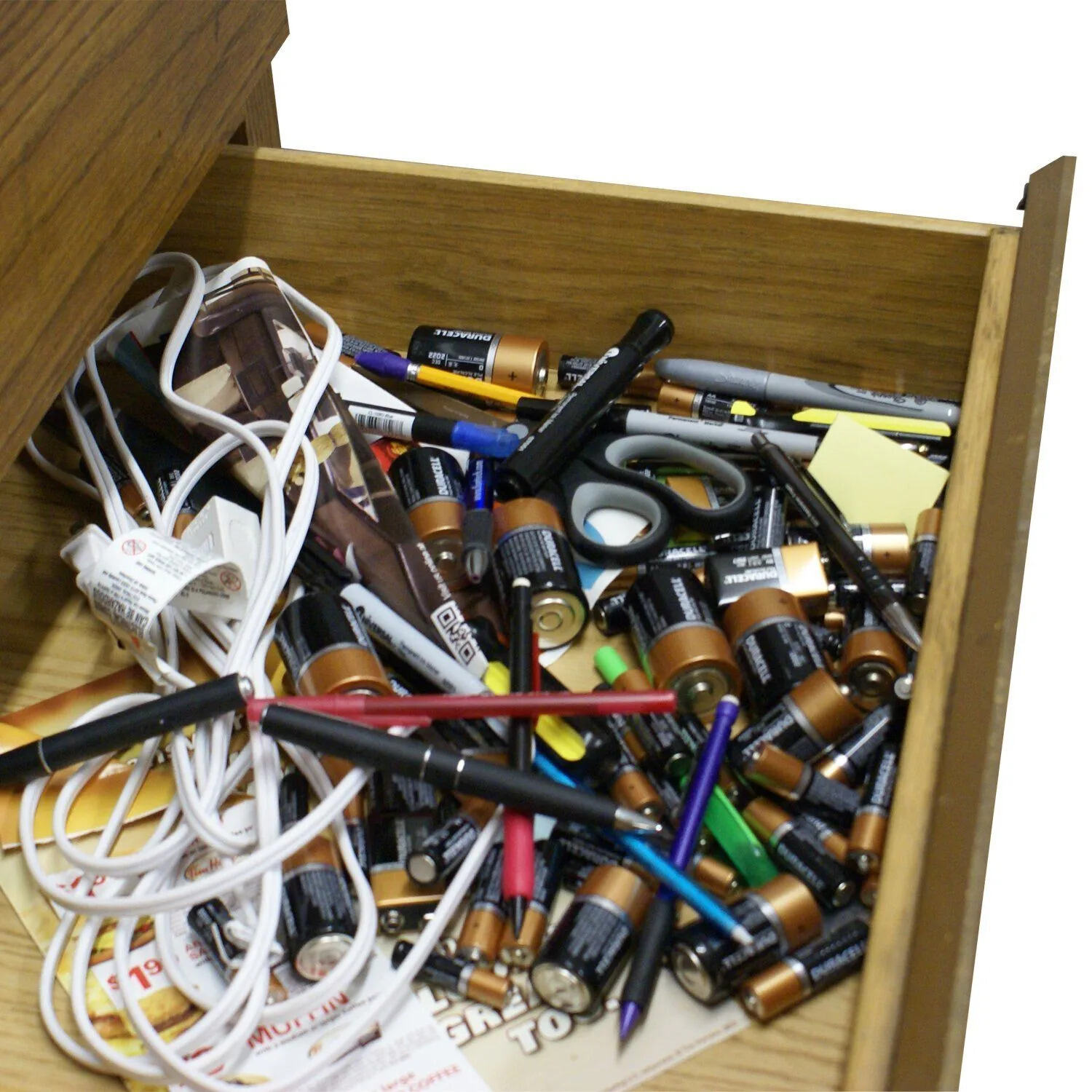

0 thoughts on “How To Store Lithium Ion Battery”